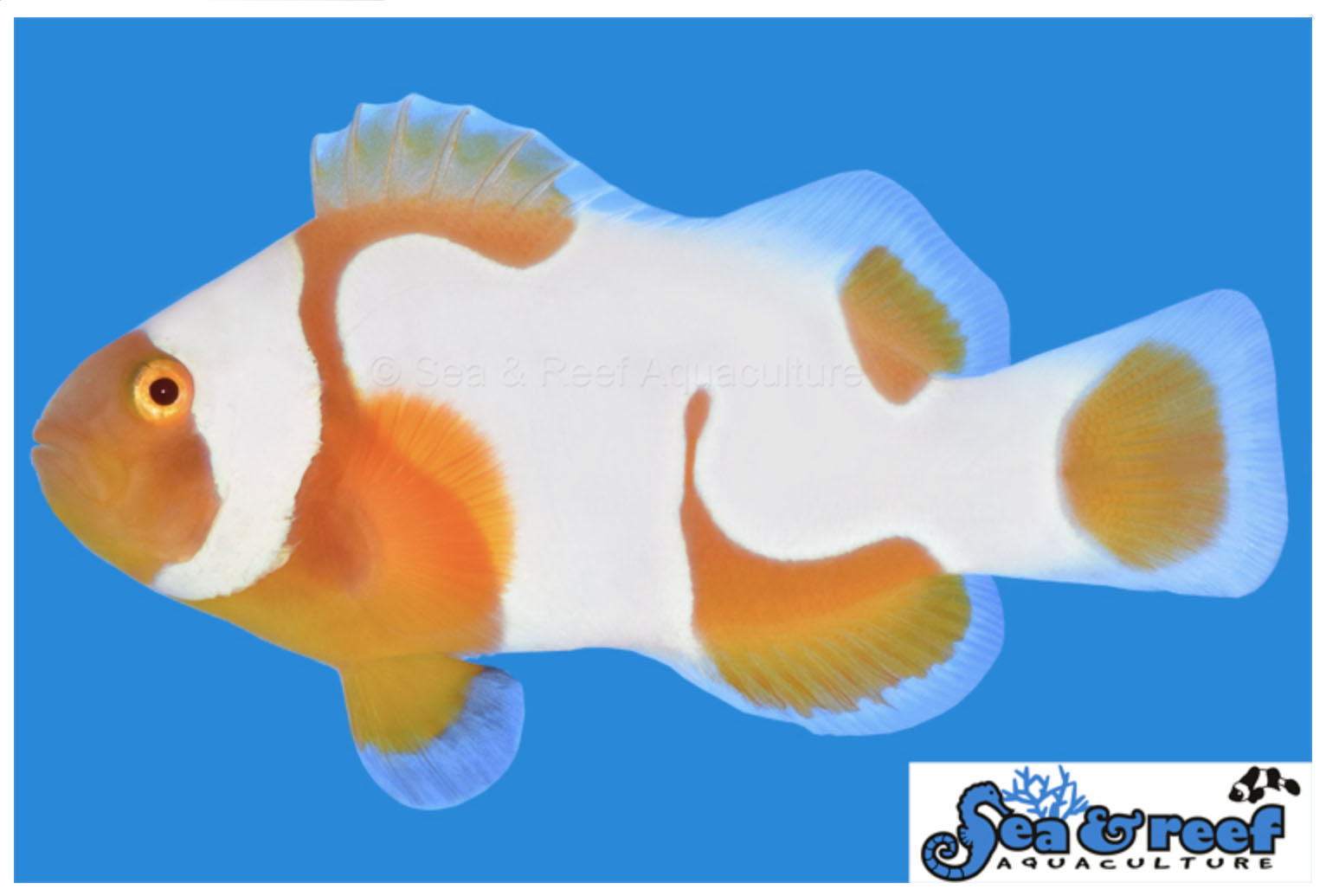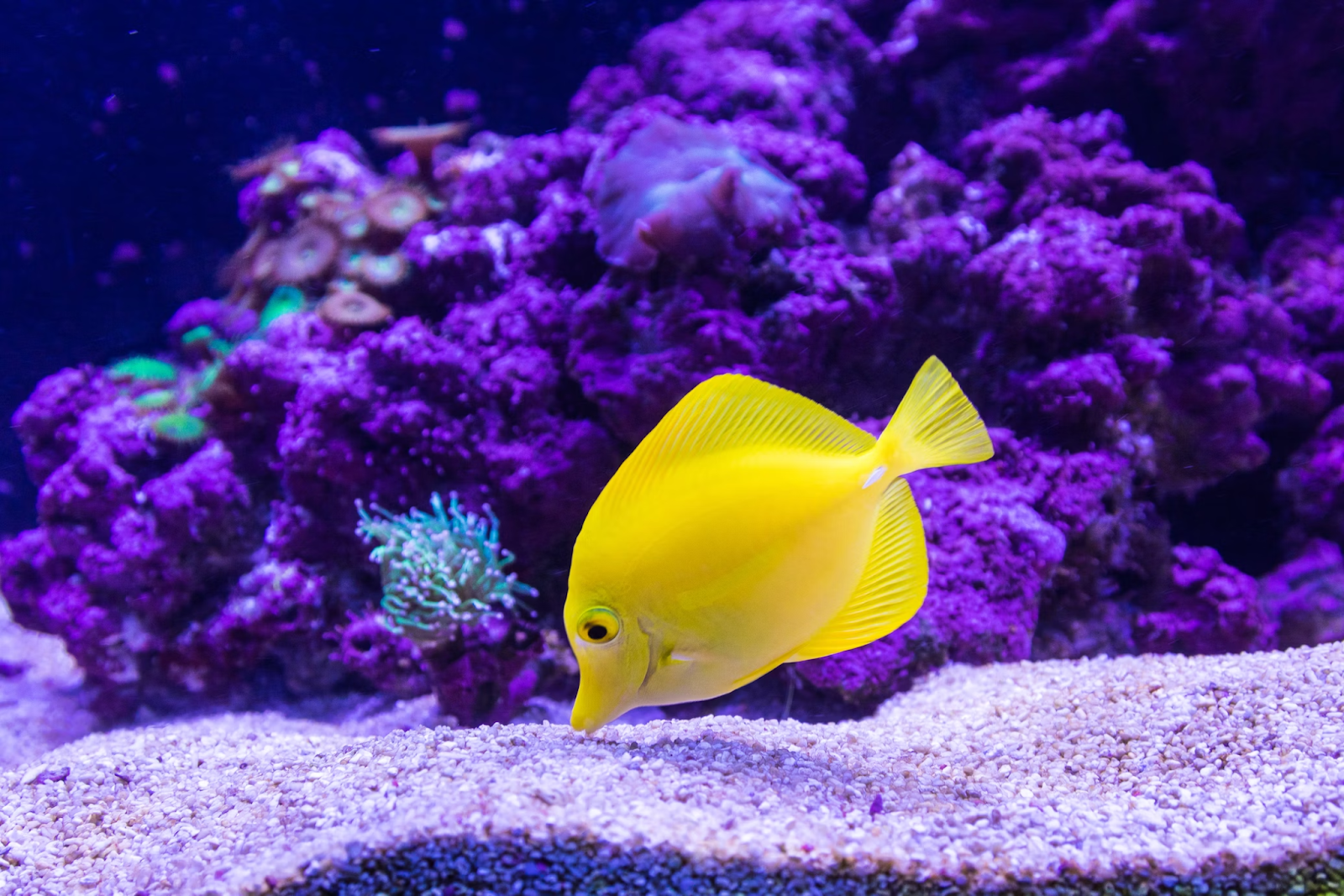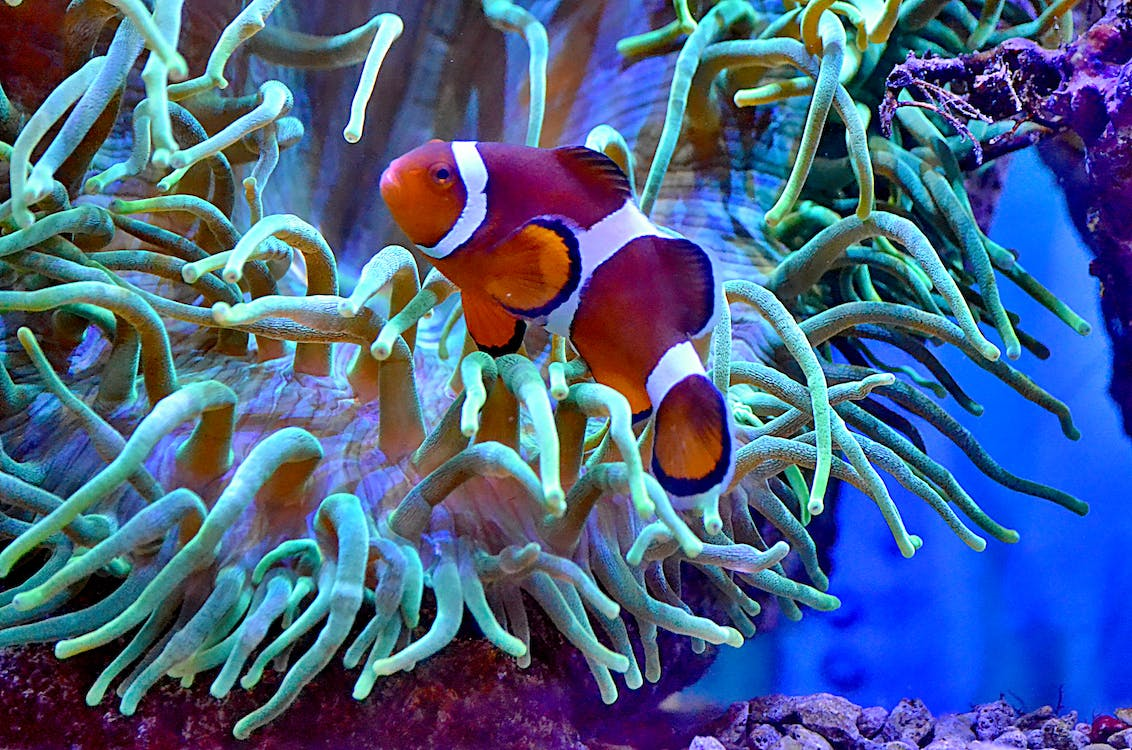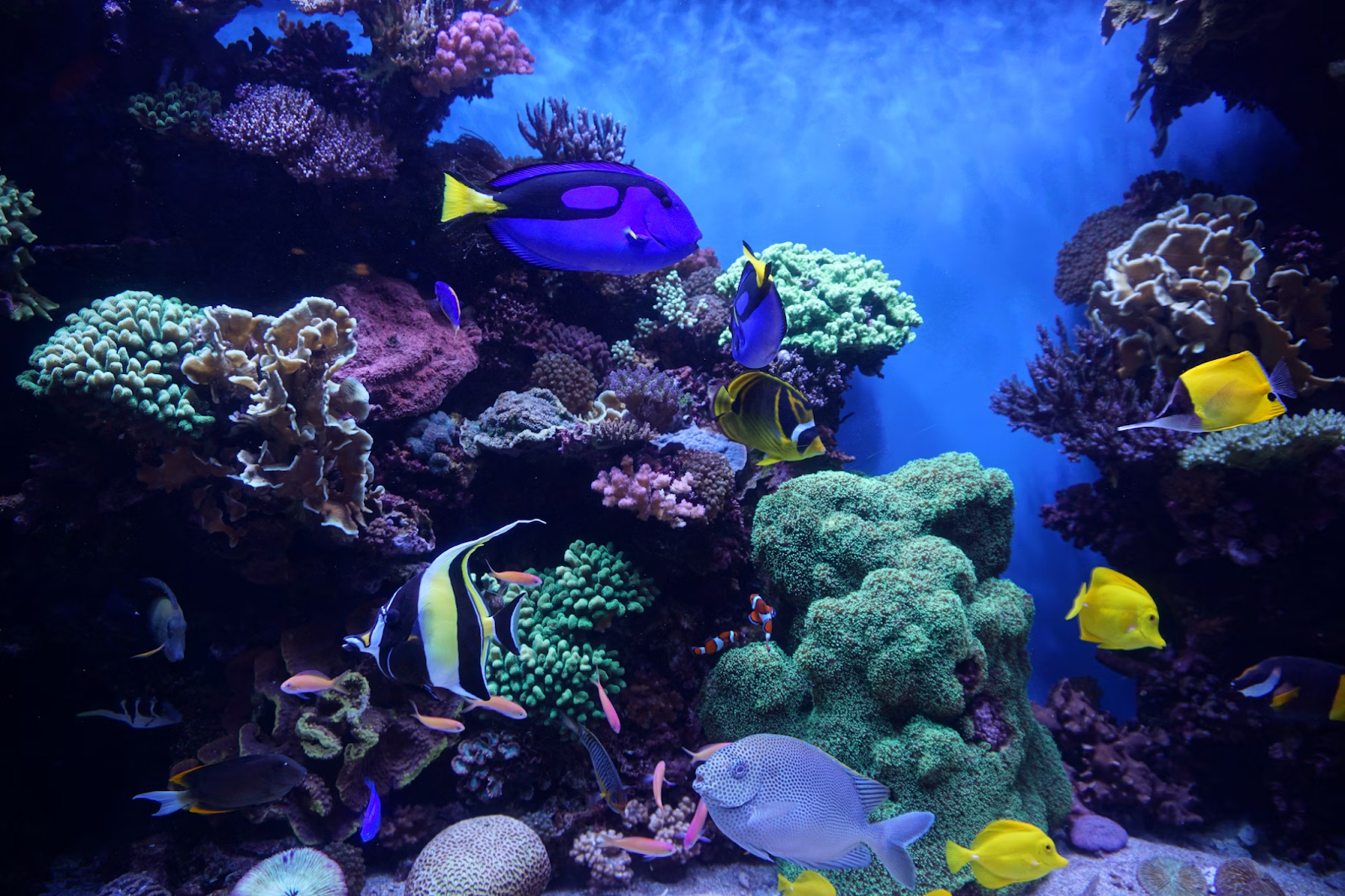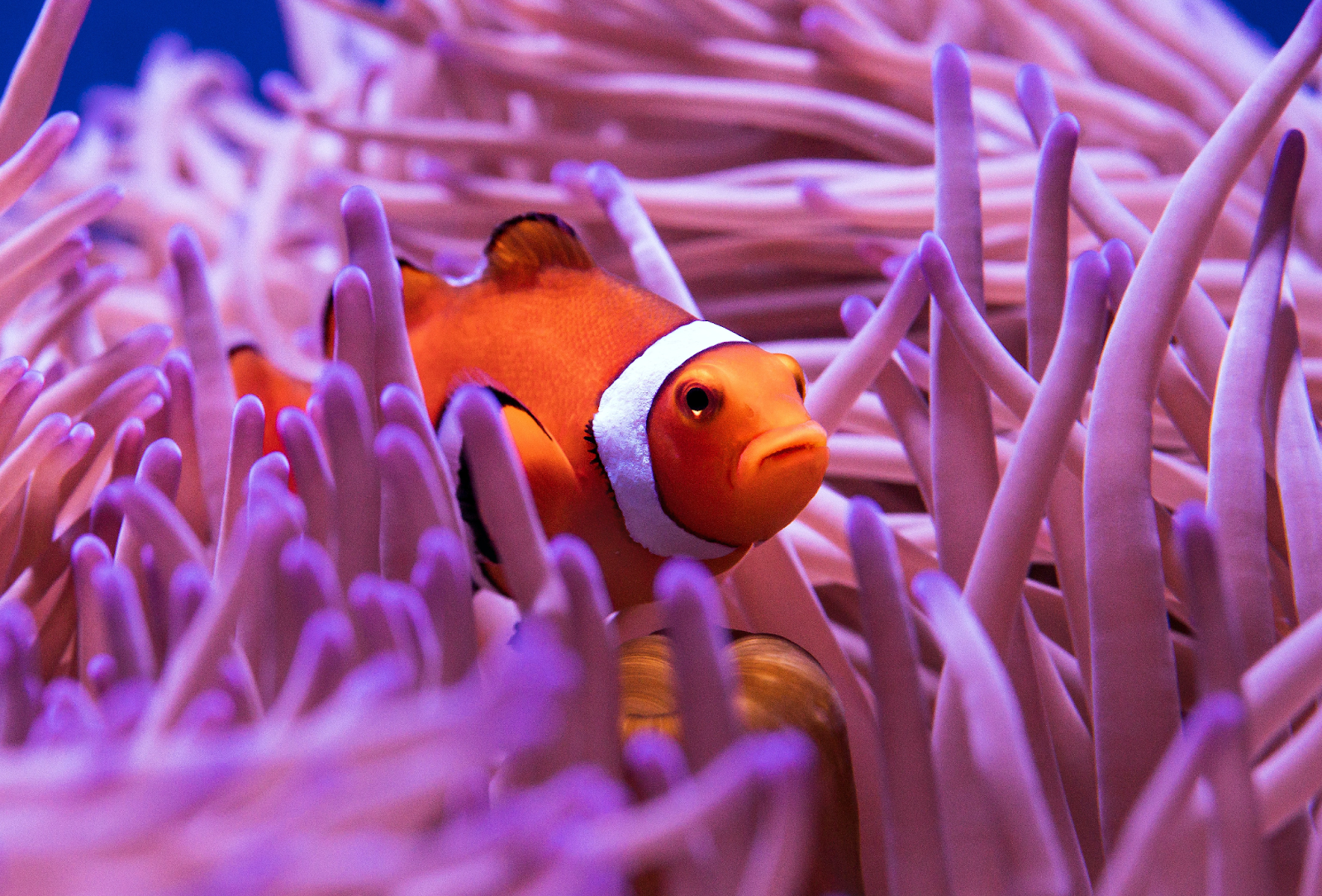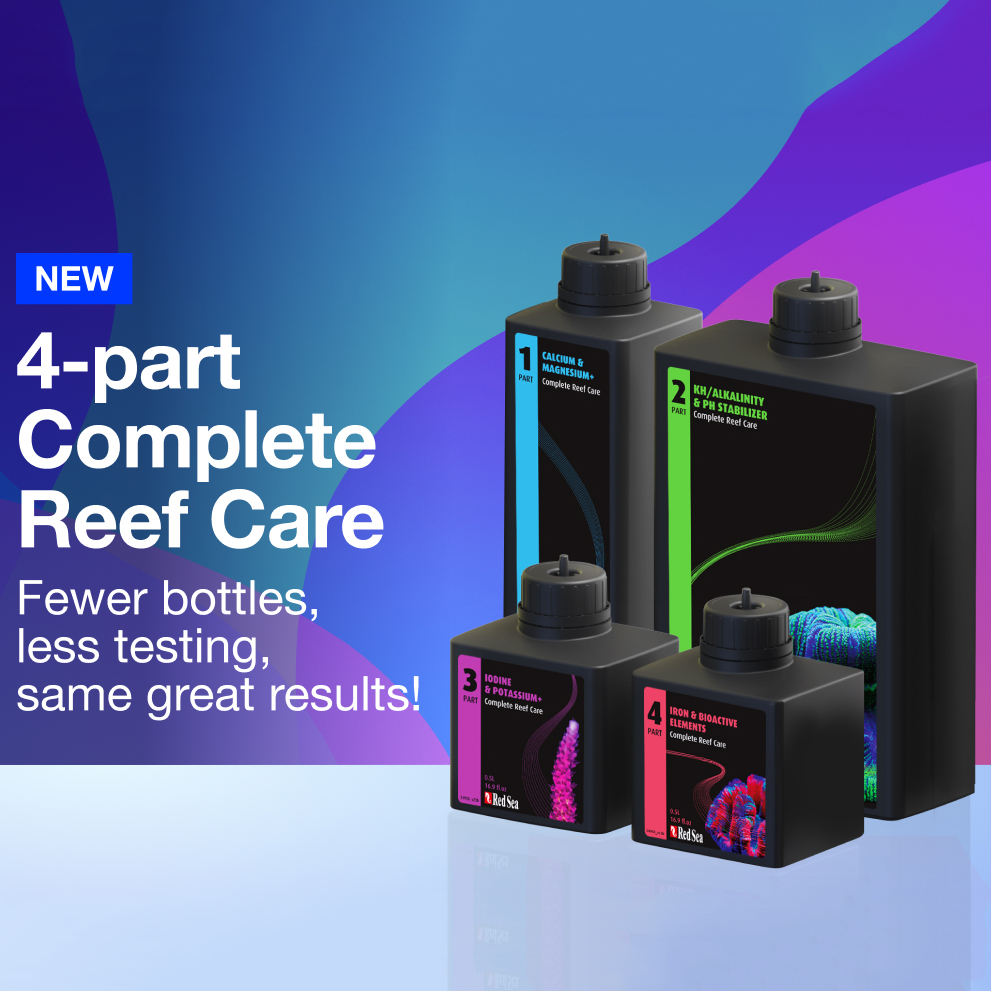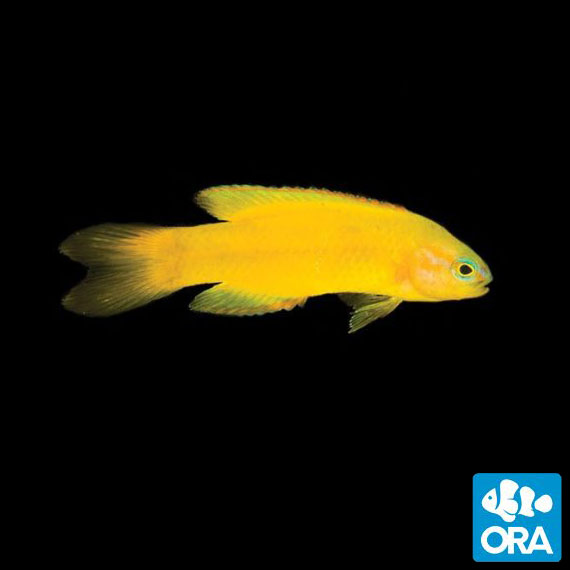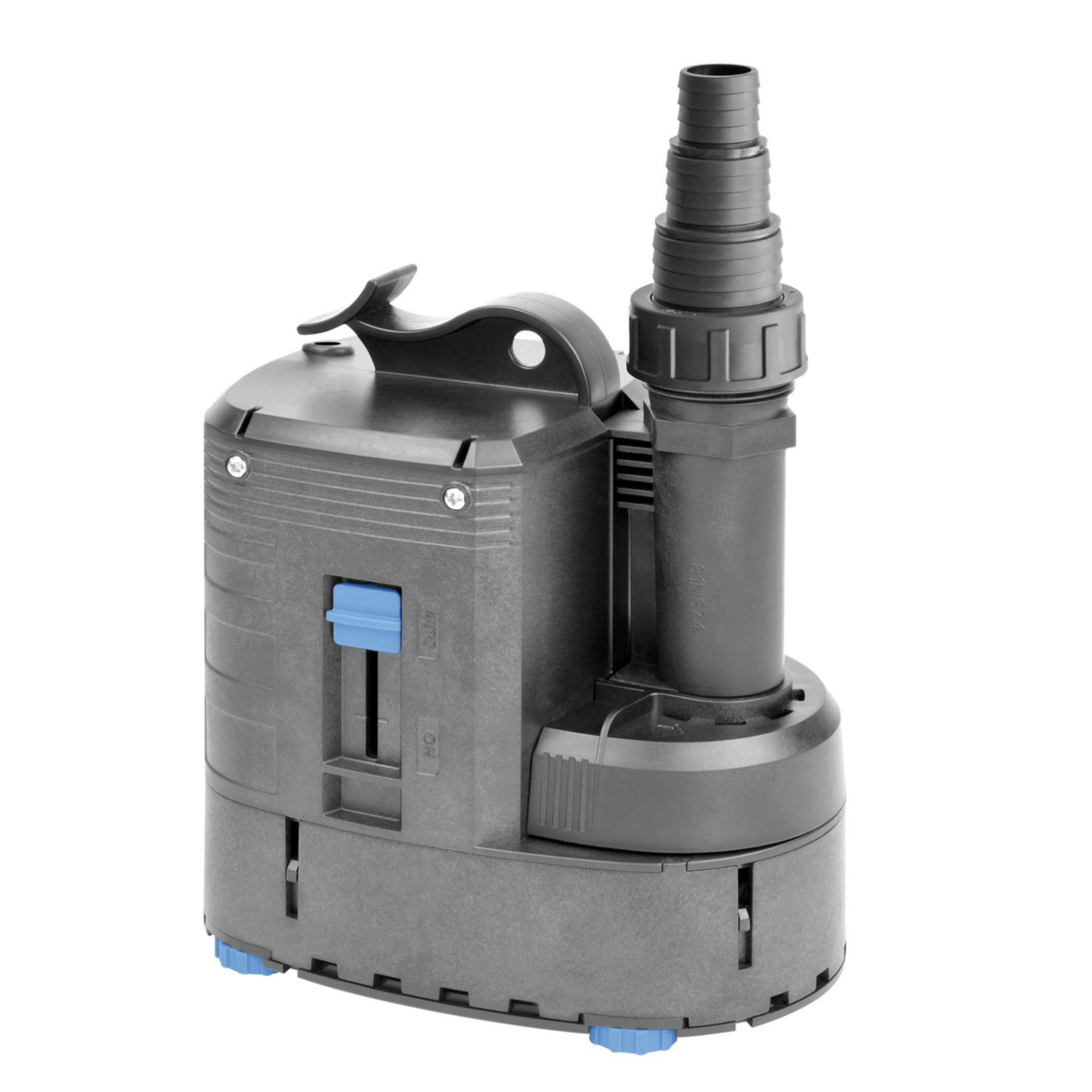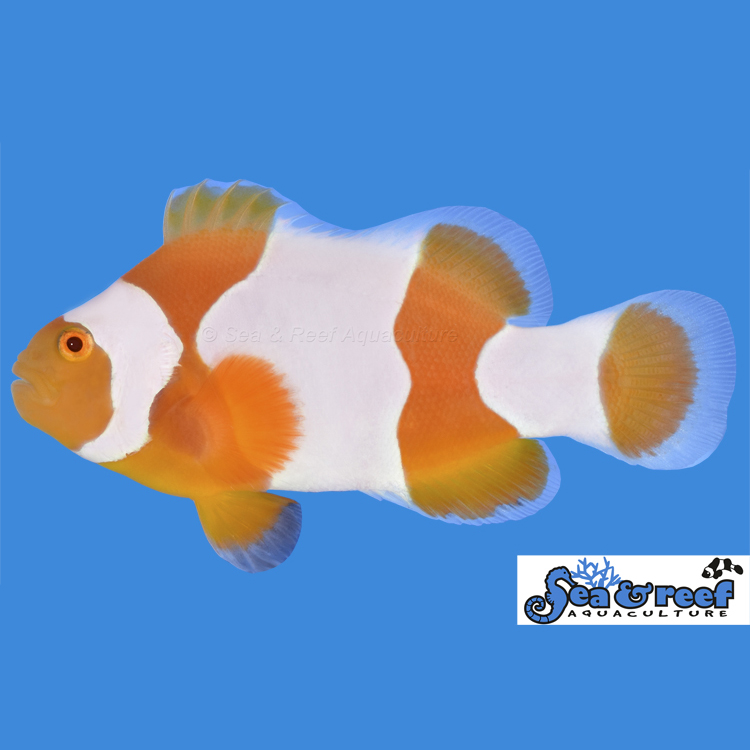In the colorful world of reef keeping, few animals capture the imagination and facination quite like the clownfish. These fish have long been a favorite among aquarists, with their striking colors and intriguing behaviors. There is an ever growing myriad of varieties of clownfish available to enthusiasts, including the new Tangerine Albino Picasso Clownfish from captive breeder, Sea & Reef.
The Origins of a Phenomenon:
The Tangerine Albino Picasso Grade A Clownfish is a testament to the artistry and dedication of breeders at Sea & Reef, pioneers in the field of captive-bred marine fish. Through years of selective breeding and meticulous genetic manipulation, they have succeeded in creating this unique variation of the classic clownfish.
The process of developing the Tangerine Albino Picasso Grade A Clownfish involves identifying and isolating desirable genetic traits, such as vibrant tangerine coloring and distinctive Picasso-like patterning. By carefully breeding individuals that exhibit these traits, breeders like Sea & Reef can gradually enhance and refine them over successive generations, ultimately producing specimens of exceptional quality and desirability.

Care and Maintenance:
Caring for Tangerine Albino Picasso Clownfish requires an understanding of how to care for saltwater fish by providing them with a suitable environment. These captivating creatures thrive in well-maintained aquariums with stable water parameters, ample space to swim, and plenty of hiding spots to retreat or better yet, a sutible sea anemone for them to host.
As with all aquariums, maintaining proper water quality, regular water testing and consistant maintenance is important for ensuring long term success. Fortunately, clownfish are relatively hardy and adaptable, but they can be sensitive to rapid and frequent fluctuations in temperature, salinity, and pH, so consistency is key.
Feeding Tangerine Albino Picasso Clownfish a varied and balanced diet is crucial for their health and vitality. While they will readily accept commercially available flake or pellet foods, supplementing their diet with live or frozen offerings such as brine shrimp, mysis shrimp, Rogger's Reef Food and/or LRS Food is reccomended for their health and vitality. In addition to meaty based foods, clownfish will also accept nori and other algae based foods which classifies them as an omnivorous type of fish.
Life Expectancy:
With proper care and attention, Tangerine Albino Picasso Grade A Clownfish can live for up to 10 years or more in captivity. Providing a stable and nurturing environment, along with a nutritious diet, can significantly impact their longevity and quality of life.
The Tangerine Albino Picasso Grade A Clownfish represents one of the many and ever growing captive-bred fish choices among saltwater fish aquarium enthusiasts. Through the dedication and expertise of breeders like those at Sea & Reef, these unique and remarkable fish continue to be a some of the most commonly purchased fish in the aquarium hobby.
As aquarists we have we have opportunity, and some would say, an obligation to support sustainable practices in the aquarium trade when possible.
Purchasing captive-bred fish can have numerous benefits for both the hobbyist and the broader marine ecosystem. Here's how:
Conservation and Sustainability: Captive breeding reduces the demand for wild-caught specimens, thereby alleviating pressure on fragile marine ecosystems. By supporting captive breeding programs, hobbyists can play a vital role in conservation efforts, helping to preserve wild populations of marine species and safeguarding biodiversity.
Reduced Environmental Impact: Wild-caught fish are often captured using methods that can be harmful to marine habitats, such as cyanide poisoning or destructive fishing practices (which have been banned but still practiced by some highly unethical poachers. By opting for captive-bred specimens, hobbyists can minimize their environmental footprint and contribute to more sustainable practices within the aquarium trade.
Disease Prevention: Captive-bred fish are typically raised in controlled environments where disease management protocols can be implemented more effectively. As a result, they are less likely to carry pathogens or parasites that can be transmitted to other aquarium inhabitants. This helps to reduce the risk of disease outbreaks and promotes overall success for us as hobbyists and businesses.
Improved Quality and Health: Captive-bred fish are generally healthier and more robust than their wild-caught counterparts. They are accustomed to aquarium conditions from day 1, making them better suited to thrive in captivity. Additionally, captive breeding programs select desirable traits such as vibrant coloration, unique color patterns and enhanced resilience.
Educational Opportunities: Captive breeding programs provide valuable opportunities for research, education, and outreach. By supporting these initiatives, hobbyists contribute to our collective understanding of marine biology and help to raise awareness about the importance of conservation. Captive-bred fish can serve as ambassadors for their wild counterparts, fostering a deeper appreciation for the natural world among enthusiasts of all ages.
In summary, purchasing captive-bred fish is not only a responsible choice for hobbyists but also a meaningful contribution to the health and sustainability of our oceans. By supporting captive breeding programs, we can enjoy the beauty of marine life while also playing a part in its long-term preservation by adding fish to your aquarium like the Tangerine Picasso Clownfish to your aquarium.




